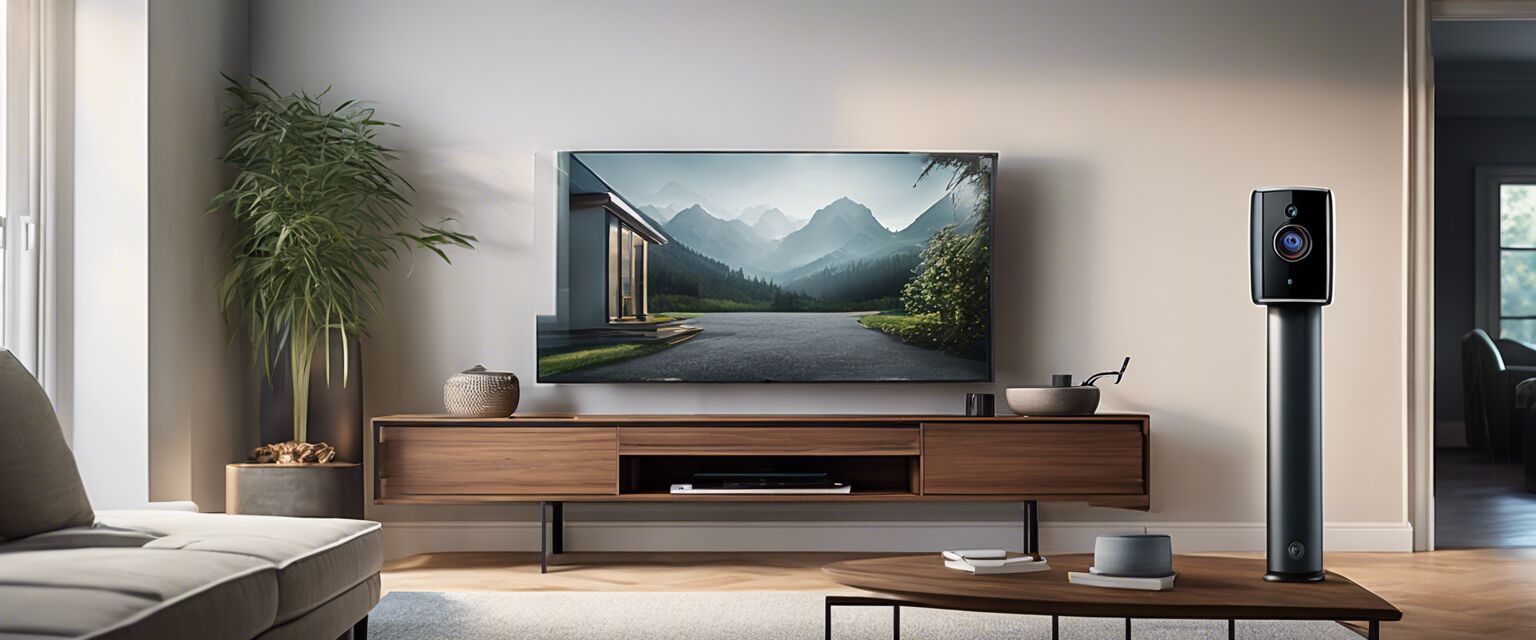
Avoiding Common Mistakes in Smart Security Setups
Key Takeaways
- Understanding the layout of your home is crucial for optimal device placement.
- Regularly update security passwords to prevent unauthorized access.
- Utilize complementary devices for a more robust security solution.
- Review your security system periodically to adjust for new threats.
In today’s world, smart home security systems are becoming essential for homeowners aiming to protect their property and loved ones. However, many individuals make common mistakes during the setup process that can compromise their security system's effectiveness. In this article, we’ll cover the most frequent pitfalls and how to avoid them to ensure your smart security setup provides optimal protection.
1. Neglecting proper device placement
One of the most significant errors homeowners make is improperly placing their security devices. Using a strategic approach can enhance the effectiveness of your setup. Here’s how to do it:
- Prioritize high-risk areas: Focus on entrances and ground-level windows.
- Consider natural obstructions: Ensure that trees, pillars, or furniture do not block camera views.
- Height matters: Install cameras and sensors at eye level for optimal coverage.
2. Forgetting to integrate devices
Many homeowners opt for different brands and models for their smart devices, leading to a disjointed system. To avoid this:
- Choose compatible devices: Ensure that all devices can communicate through a common hub or platform.
- Consider ecosystems: Using products from the same manufacturer can ensure smooth integration.
- Combine systems: Look into home automation devices that can link with your security cameras and alarms effectively. Check out our guide on home automation devices.
3. Ignoring regular updates
Seemingly minor, neglecting software and firmware updates can leave vulnerabilities in your system. To keep your system protected:
- Enable automatic updates: This ensures your devices are updated regularly without required manual intervention.
- Check for updates manually: Regularly inspect the settings in your smart device apps for any pending updates.
- Stay informed: Subscribe to notifications for any significant security updates from manufacturers.
4. Weak password management
Using default passwords or weak combinations can be detrimental. To enhance password security:
- Use strong passwords: Combine letters, numbers, and special characters.
- Change default passwords immediately: Always customize settings upon installation.
- Consider a password manager: This can help generate and store complex passwords securely.
5. Overlooking routine audits
It’s vital to assess your security system periodically to discover any vulnerabilities or areas needing improvement. Here’s how to conduct an effective audit:
- Check each device's functionality – ensure cameras and alarms are working correctly.
- Review footage and logs – look for unusual activity that may require adjustments.
- Test your alarms regularly – ensure they activate as needed.
6. Lack of user education
Another common mistake is neglecting to educate everyone in the household about the security system. To combat this:
- Conduct training sessions: Ensure every household member knows how to operate the system.
- Discuss emergency protocols: Establish a plan for what to do if an alarm is triggered.
- Utilize available resources: Many manufacturers provide online tutorials; make sure to utilize these.
Conclusion
Setting up a smart security system is a vital step towards protecting your home, but ensuring it is done correctly is equally important. By avoiding these common mistakes, you can enhance your home's security. For more insights on enhancing your setup, feel free to explore our buying guides and news & trends pages.
Pros
- Increased security for your home.
- Peace of mind knowing you are protected.
- Convenient monitoring through your smartphone.
Cons
- Initial setup costs may be high.
- Requires constant updates and monitoring.
- Potential for software glitches if not maintained properly.
